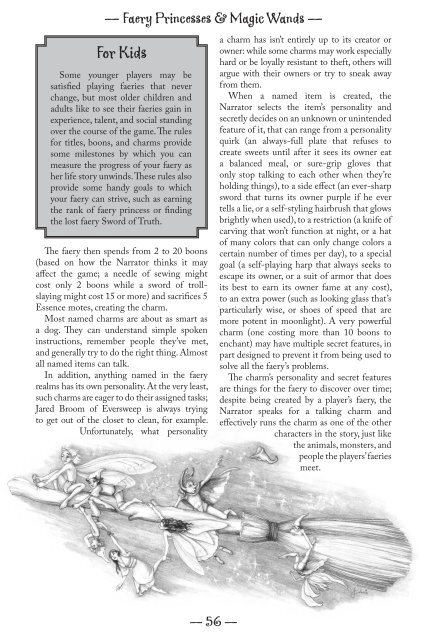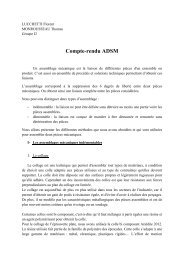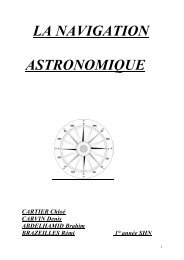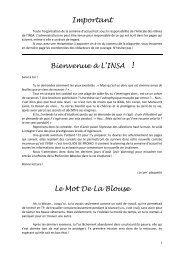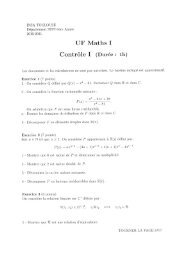Faery's Tale Deluxe - Etud
Faery's Tale Deluxe - Etud
Faery's Tale Deluxe - Etud
Create successful ePaper yourself
Turn your PDF publications into a flip-book with our unique Google optimized e-Paper software.
— Faery Princesses & Magic Wands —<br />
For Kids<br />
Some younger players may be<br />
satisfied playing faeries that never<br />
change, but most older children and<br />
adults like to see their faeries gain in<br />
experience, talent, and social standing<br />
over the course of the game. The rules<br />
for titles, boons, and charms provide<br />
some milestones by which you can<br />
measure the progress of your faery as<br />
her life story unwinds. These rules also<br />
provide some handy goals to which<br />
your faery can strive, such as earning<br />
the rank of faery princess or finding<br />
the lost faery Sword of Truth.<br />
The faery then spends from 2 to 20 boons<br />
(based on how the Narrator thinks it may<br />
affect the game; a needle of sewing might<br />
cost only 2 boons while a sword of trollslaying<br />
might cost 15 or more) and sacrifices 5<br />
Essence motes, creating the charm.<br />
Most named charms are about as smart as<br />
a dog. They can understand simple spoken<br />
instructions, remember people they’ve met,<br />
and generally try to do the right thing. Almost<br />
all named items can talk.<br />
In addition, anything named in the faery<br />
realms has its own personality. At the very least,<br />
such charms are eager to do their assigned tasks;<br />
Jared Broom of Eversweep is always trying<br />
to get out of the closet to clean, for example.<br />
Unfortunately, what personality<br />
— 56 —<br />
a charm has isn’t entirely up to its creator or<br />
owner: while some charms may work especially<br />
hard or be loyally resistant to theft, others will<br />
argue with their owners or try to sneak away<br />
from them.<br />
When a named item is created, the<br />
Narrator selects the item’s personality and<br />
secretly decides on an unknown or unintended<br />
feature of it, that can range from a personality<br />
quirk (an always-full plate that refuses to<br />
create sweets until after it sees its owner eat<br />
a balanced meal, or sure-grip gloves that<br />
only stop talking to each other when they’re<br />
holding things), to a side effect (an ever-sharp<br />
sword that turns its owner purple if he ever<br />
tells a lie, or a self-styling hairbrush that glows<br />
brightly when used), to a restriction (a knife of<br />
carving that won’t function at night, or a hat<br />
of many colors that can only change colors a<br />
certain number of times per day), to a special<br />
goal (a self-playing harp that always seeks to<br />
escape its owner, or a suit of armor that does<br />
its best to earn its owner fame at any cost),<br />
to an extra power (such as looking glass that’s<br />
particularly wise, or shoes of speed that are<br />
more potent in moonlight). A very powerful<br />
charm (one costing more than 10 boons to<br />
enchant) may have multiple secret features, in<br />
part designed to prevent it from being used to<br />
solve all the faery’s problems.<br />
The charm’s personality and secret features<br />
are things for the faery to discover over time;<br />
despite being created by a player’s faery, the<br />
Narrator speaks for a talking charm and<br />
effectively runs the charm as one of the other<br />
characters in the story, just like<br />
the animals, monsters, and<br />
people the players’ faeries<br />
meet.


